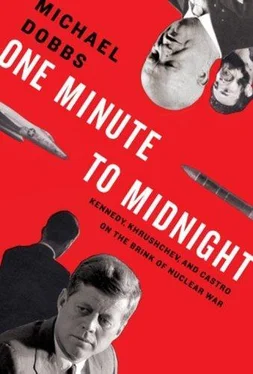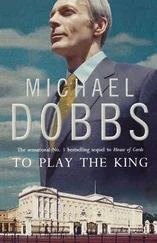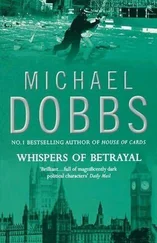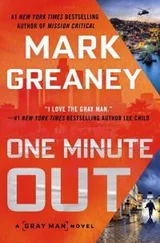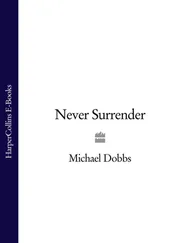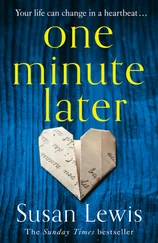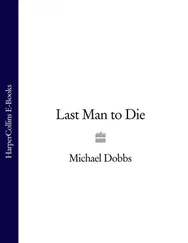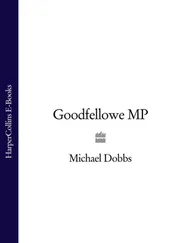Send Castro a telegram.
We have received Kennedy’s letter.
A crude interference in Cuba’s affairs.
Foreign Ministry officials worked on the draft letters overnight, transforming the premier’s excited ramblings into bureaucratic prose. In the meantime, Khrushchev urged his colleagues to sleep in the Kremlin, to avoid giving the impression of undue alarm to foreign correspondents and any “intelligence agents” who might be “prowling around.” He himself retired to a sofa in an anteroom of his office. He slept in his clothes. He had heard a story about a French foreign minister who had been “caught literally with his pants down” in the middle of the night during the 1956 Suez crisis. He wanted to avoid a similar indignity. As he later recalled, “I was ready for alarming news to come at any moment, and I wanted to be ready to react immediately.”
When Kennedy and his aides pondered Khrushchev’s motives for sending missiles to Cuba, their standard explanation was that he wanted to change the balance of nuclear power. The Soviet Union was at a serious disadvantage in long-range rockets and planes—so-called “strategic” weapons—but had plenty of medium-range ballistic missiles, or MRBMs, targeted on Europe. Redeployed to Cuba, the MRBMs were magically transformed into strategic weapons, capable of hitting the territory of the rival superpower.
Achieving strategic parity with the United States was certainly an important motivation for Khrushchev, who deeply resented American nuclear superiority. He was eager to get even with the Americans for both political and military reasons. But declassified Soviet records show that his emotions also played an important role in his decision making. Castro and his barbudos had stirred the romanticism of the tired old men in the Kremlin, reminding them that they, too, had once been revolutionaries.
“He is a genuine revolutionary, completely like us,” reported Anastas Mikoyan, after becoming the first Soviet leader to meet with Castro in February 1960. “I felt as though I had returned to my childhood.”
A “heroic man” was how Khrushchev described Castro when they first embraced on September 20, 1960, outside the Theresa Hotel in Harlem. Both leaders were in New York for a United Nations General Assembly meeting, but Castro had left his hotel in midtown to protest the management’s “unacceptable cash demands.” The six-foot-four Cuban bent down and enveloped the five-foot-three Russian in an effusive bear hug. “He made a deep impression on me,” Khrushchev recalled later. Eventually, he would come to love Fidel “like a son.”
The Soviets had never been much interested in Latin America prior to Castro’s rise to power. Moscow did not even have an embassy in Havana between 1952 and 1960. Totally unexpected by Soviet ideologists, the Cuban revolution permitted an encircled, economically backward colossus to feel that it could project its power to the very doorstep of the imperialist enemy. In 1960, the KGB began referring to Cuba by the code name AVANPOST, or “bridgehead” into the western hemisphere. From the Soviet point of view, the Cuban revolution was not merely an opportunity to annoy Uncle Sam but proof that the worldwide “correlation of forces” was moving in Moscow’s direction.
The Cubans were well aware of the effect they were having on the Soviets, and used it to their advantage. “Nikita loved Cuba very much,” Castro would recall forty years later. “He had a weakness for Cuba, you might say.” When Castro wanted to get something out of his Russian patrons, he posed a very simple question: “Are you or are you not revolutionaries?” Put like that, it was hard for Khrushchev to say no.
Unlike Stalin, Khrushchev saw no limits to the extension of Soviet power and influence. Stalin’s foreign minister, Vyacheslav Molotov, had once said that big powers had to “understand that there are limits to everything, otherwise you can choke.” But Khrushchev was more of a dreamer than his predecessor. In some ways, his idealism was the mirror image of Kennedy’s: the Soviet Union would “pay any price, bear any burden” to defend the gains of socialism around the world. For Khrushchev, Cuba and Castro were as much a symbol of Soviet success as Sputnik and Yuri Gagarin.
After the failure of the Bay of Pigs, Khrushchev was convinced it was simply a matter of time before the United States again attempted to overthrow Castro. He reasoned that “it would be foolish to expect the inevitable second invasion to be as badly planned and as badly executed as the first.” Information was reaching Moscow all the time about American plots against Cuba, both real and imagined. Some of the alarming signals arrived directly from the White House. When Khrushchev’s son-in-law, Aleksei Adzhubei, met with Kennedy in January 1962, he was startled to hear the president say that the United States could learn something from the way the Russians had dealt with the unrest in Hungary in 1956. To the suspicious Soviet mind, this could mean only one thing: Washington was preparing to crush the Cuban revolution by force.
“One thought kept hammering away at my brain: what will happen if we lose Cuba?” Khrushchev would recall in old age. “It would have been a terrible blow to Marxism-Leninism.”
As Khrushchev saw it, sending nuclear missiles to Cuba would enable him to solve many of his problems at once. He would make the island invulnerable to American aggression. He would equalize the balance of power. And he would teach the imperialists a salutary lesson. “It was high time America learned what it feels like to have her own land and her own people threatened,” he would write. “We Russians have suffered three wars over the last half century: World War I, the Civil War, and World War II. America has never had to fight a war on her own soil, at least not in the past fifty years.”
In April 1962, Khrushchev met with Malinovsky at his Black Sea retreat. He addressed the defense minister in the formal Russian manner, by name and patronymic. “Rodion Yakovlevich,” he asked mischievously. “What if we were to throw a hedgehog down the pants of Uncle Sam?”
6:40 P.M. MONDAY, OCTOBER 22 (5:40 P.M. HAVANA)
The NORAD dispersal plan called for the F-106 squadron from the sprawling Selfridge Air Force Base outside Detroit to deploy to little-used Volk Field in Wisconsin. The pilots had practiced the short, thirty-minute hop many times, but never with nuclear weapons on board. Shortly before takeoff, the plan changed. Volk was shrouded in fog. They would fly instead to Hulman Field outside Terre Haute, Indiana.
There was a last-minute scramble to find the right charts. Then came news that Hulman Field was undergoing repairs, and there was only seven thousand feet of usable asphalt runway. It was tricky, but doable.
Flying with nukes was a signal to Dan Barry, a twenty-seven-year-old Air Force lieutenant, that “something big was about to happen.” He and his fellow pilots knew that the president was scheduled to speak at seven o’clock that evening, but had no idea what to expect. As the six-plane squadron flew southwest across Ohio and Indiana, the pilots scanned the northern sky for incoming Soviet planes and missiles.
The first five planes landed without incident, avoiding the rocks and debris at the beginning of the runway. The last F-106 was piloted by the flight leader, Captain Darrell Gydesen, known as “Gyd” to his fellow pilots. Just before touching down, he felt a sudden gust of tailwind. He released the drag chute to slow the plane down.
The pilot chute deployed but failed to blossom properly. The drag chute remained in its canister. It took Gydesen only a fraction of a second to realize that his plane was hurtling at high speed toward the end of a shortened runway with a nuclear warhead in the rear of the missile bay.
Читать дальше
